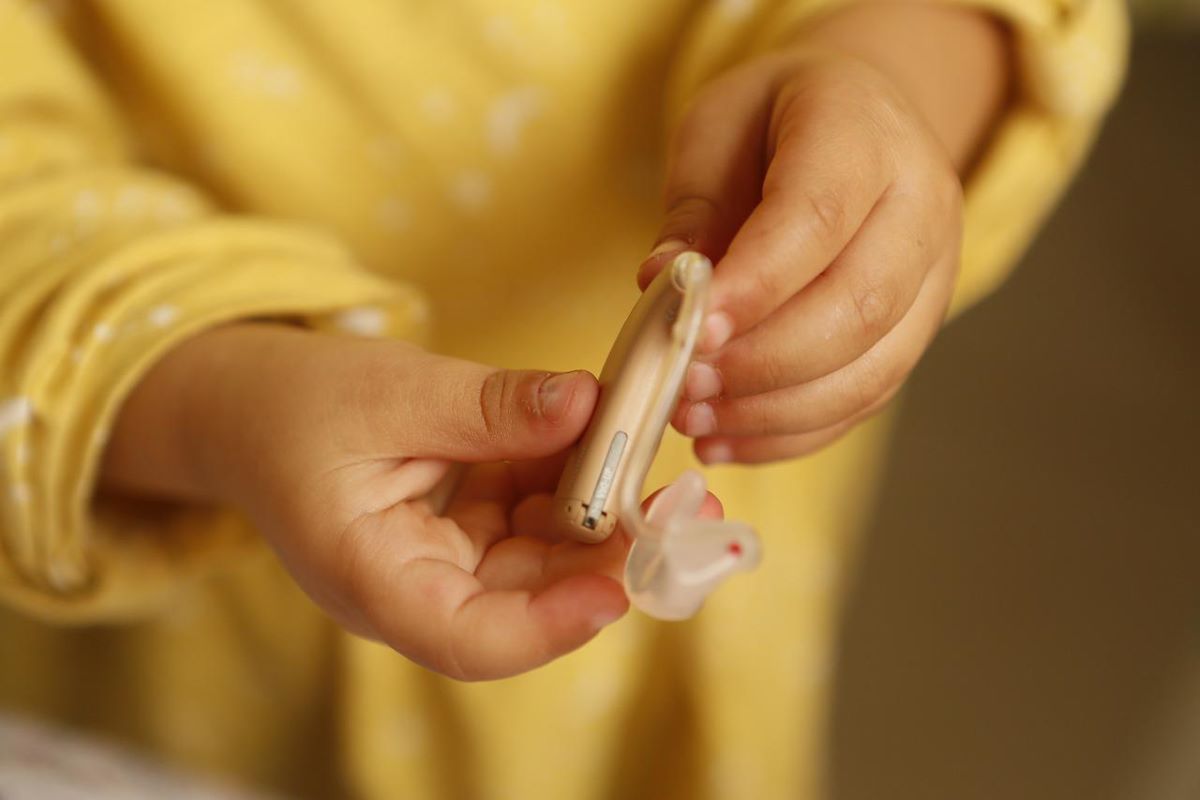As people age, their hearing declines. They also can begin to suffer from dementia. Studies have shown that hearing well can reduce the risk of cognitive decline and dementia. Many people, however, have never tried hearing aids. Sometimes, this is because of their cost. Keep reading to find out what is involved in pricing new hearing aids.
In-the-Ear Hearing Aids
In-the-ear hearing aids are usually best for people with mild hearing loss. They fit inside the outer ear, and all the components are in a hard plastic case. Usually the cost of hearing aids like this averages around $3,000 per ear.
Behind-the-Ear Hearing Aids
Behind-the-ear aids are often used by people with very severe hearing loss. The parts of the aid are in a plastic case that goes behind the ear. There is a disposable plastic ear tip that sends sound into the ear in clear tubing. This type of hearing aid also costs around $3,000.
Receiver-in-Canal Hearing Aids
Receiver-in-canal hearing aids provide sound through small speakers via a speaker wire that rests inside the ear canal. These are a little less expensive, usually around $2,500.
In-the-Canal Hearing Aids
In-the-canal hearing aids fit each patient individually. They are typically for people with severe hearing loss. They sit inside the ear canal and part of the outer ear. Because they are custom-made for each patient, they are more expensive, ranging from $2,500 to $5,000 each.
Completely-in-Canal Hearing Aids
The tiniest hearing aids are called invisible-in-canal hearing aids. They sit deep in the ear canal. Because they are so small, they usually cost between $2,000 and $3,000 each.
Included in the Cost
Most companies include professional services in the price of hearing aids. The cost provides the professional audiology services to fit and program the hearing aids and repair and maintenance for several years. Sometimes, the initial testing is included as well. Some hearing aid services will provide unbundled aids, meaning the price does not include any professional services.
Details of Aids
Some of the high-end hearing aids have Bluetooth connectivity using smartphones. Individuals can connect to their phone, FaceTime, Zoom, Netflix, and other media through the hearing aids. They provide clear, crisp sound in any situation or environment. Higher-end models are small and unnoticeable compared to low-end models.
Less-expensive hearing aids offer fewer options, but they can be easier to learn and may be sufficient for a person’s needs. Some big retailers can provide inexpensive aids, even below $1,000 each.
Most hearing aids come with a one to three year warranty that will replace the hearing aids if anything goes wrong with them. Many companies cap the warranty at one replacement per device.
Correct Fitting
It is essential to have a proper fitting for a hearing aid. Some hearing aids require a physical mold of the ear to custom-make the hearing aid. A fitting also imports results from an audiogram and acoustics of the ears. Programming hearing aids is complicated and should only be done by a professional to ensure the best hearing results possible. Audiologists can also clean hearing aids and maintain them for the best option.
It is essential to understand what goes into the pricing for hearing aids since it is more than just the aids. Hearing aids are a fantastic way to help aging adults enjoy an outstanding quality of life.
 Being Human
Being Human




